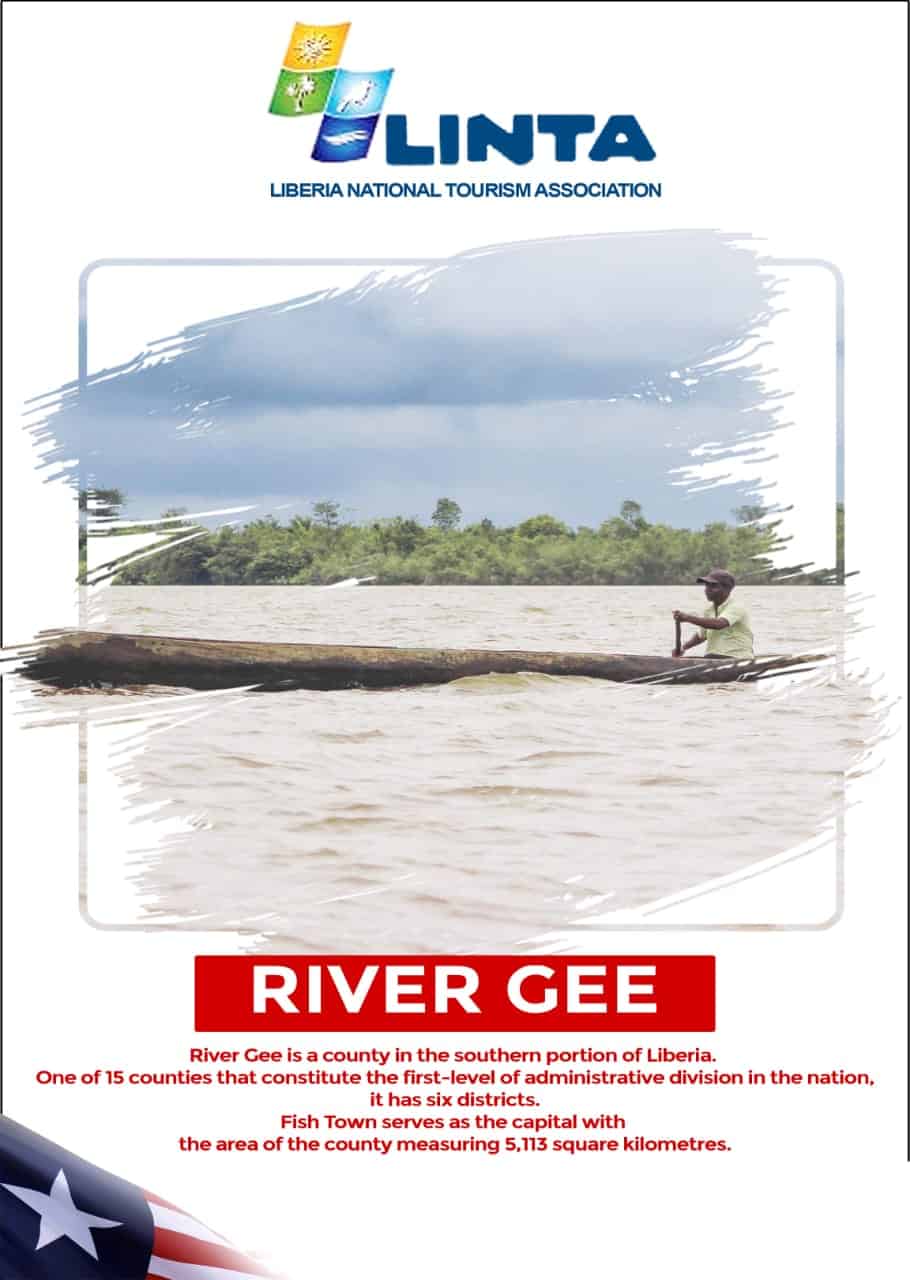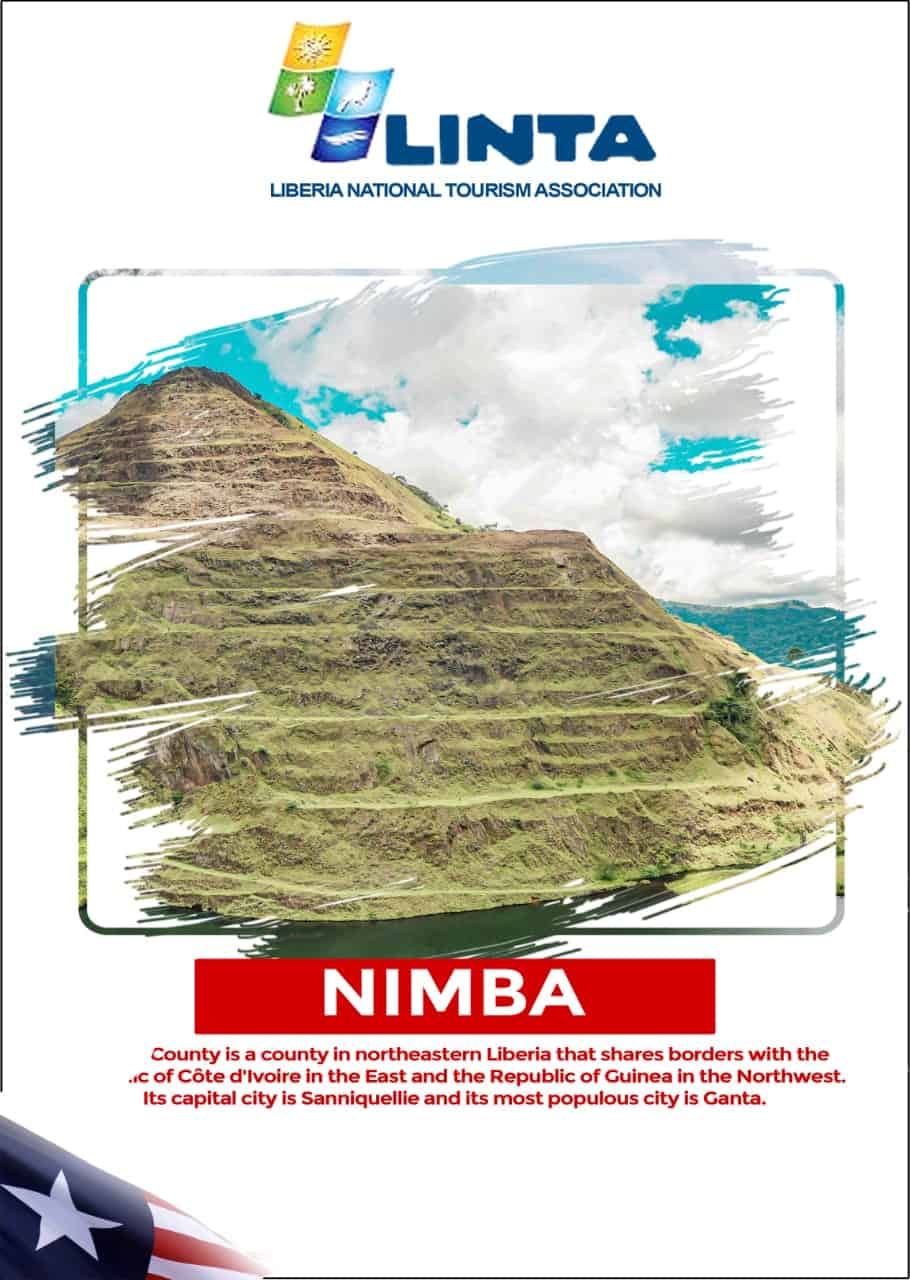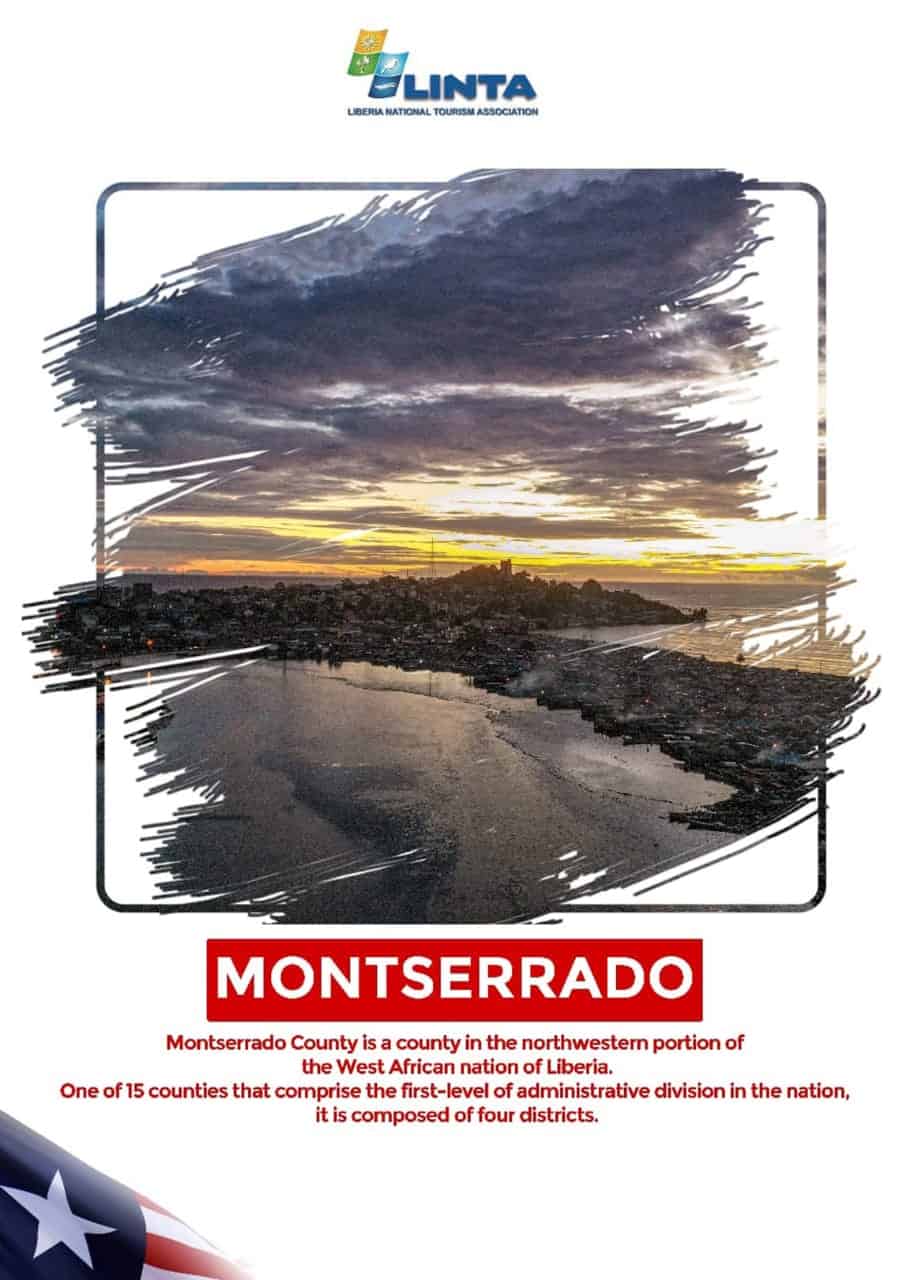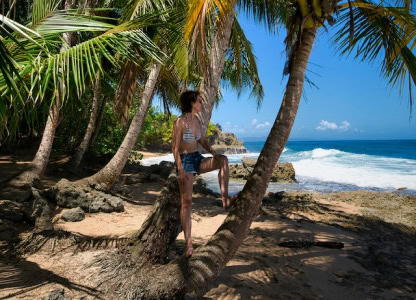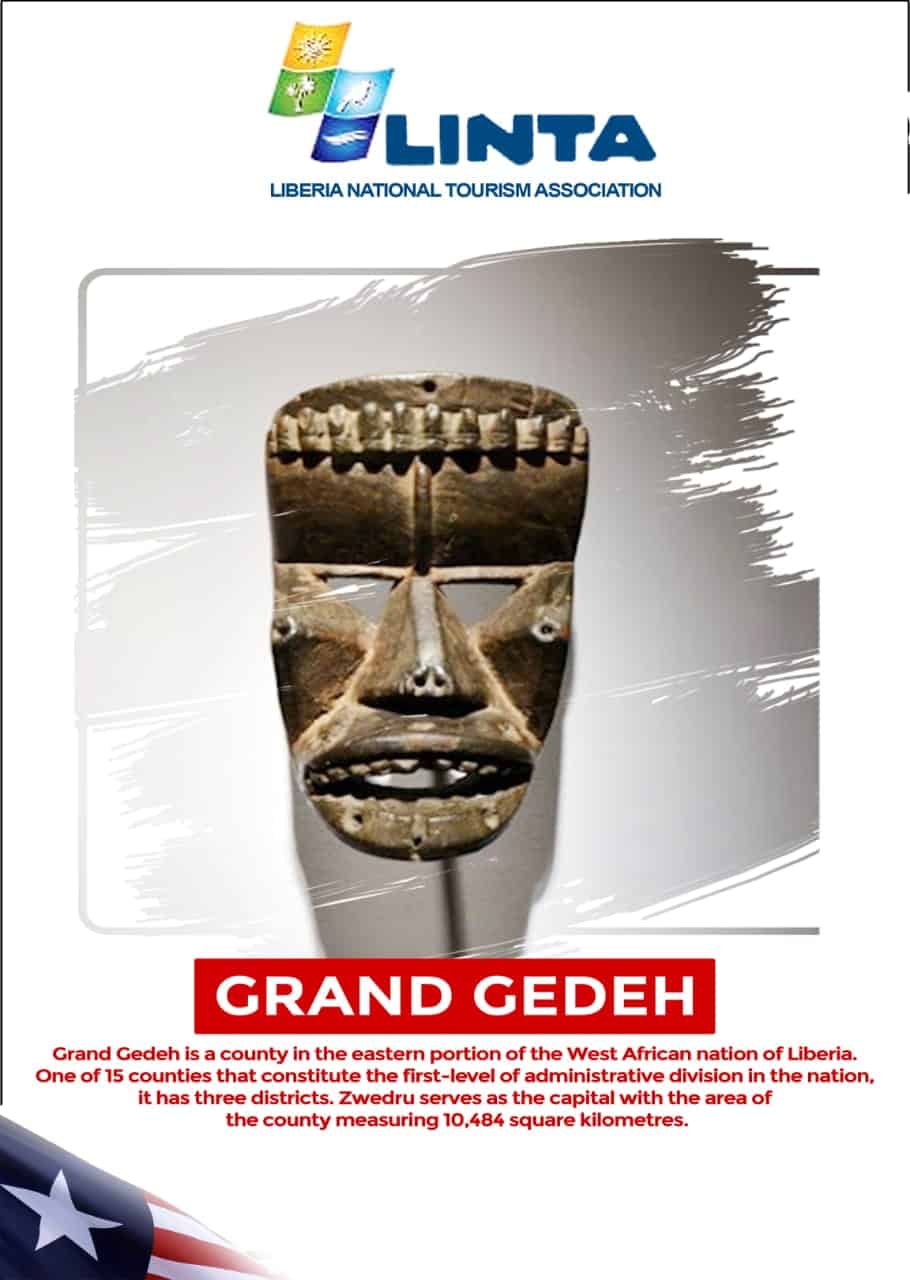
Sinoe County
Sinoe is the third-largest area of all Liberia's counties and is home to the renowned Sapa National Park. The County was originally a colony in the name Mississippi-in-Africa, under the auspices of a chapter of the American Colonization Society, as it was created with slaves from Mississippi to Liberia. Within Liberia, the Settler communities with

